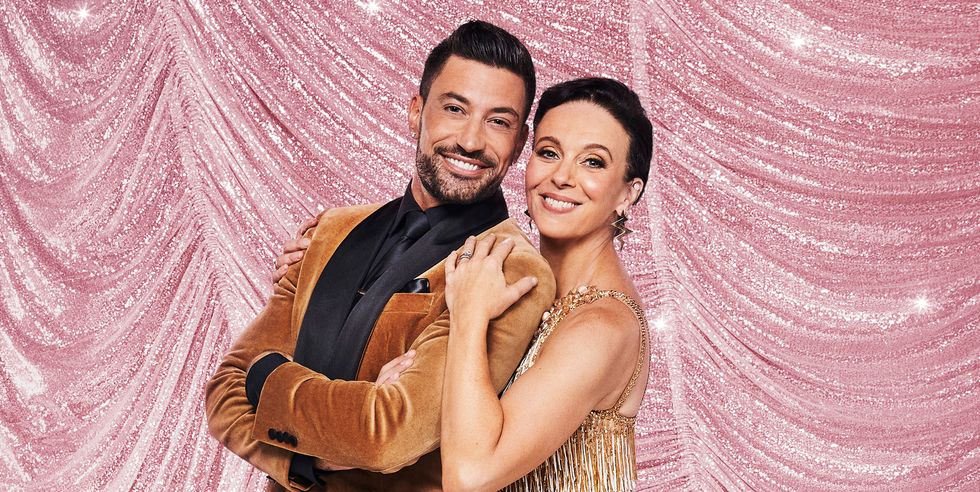A former contestant and partner also described being left broken, physically, and mentally by Giovanni’s manner. Conversely other ex-dance partners have come out in support of him. The BBC who airs the show state they “offer a comprehensive range of support to all individuals” and that “Strictly has a proud track record as a joyful, positive experience.”
More information will no doubt become available through time but for now it raises an interesting question that often arises in the workplace – what are the differences between having high expectations and bullying behaviours?
In a workplace, managers may have high expectations from their team members or indeed colleagues can also expect a lot of each other.
Is it wrong to have high standards and expectations in the workplace? The answer depends on the behaviours used to apply high expectations. If applied in a positive way, the individual, colleagues, and organisation can all benefit. If, however those high standards mean winning at any cost, this can be considered as crossing the boundary into bullying territory.
HIGH EXPECTATIONS – applying them in a positive way.
Having high standards, high productivity or high accuracy levels are often requirements of some roles and in the case of sales, business development or gaining business from the competition, a high drive to “win” really helps.
Someone with high expectations is confident, assertive, gets on well with everyone, leads by example, treats everyone fairly, applies their skills to improve business or communication.
This can work well in an environment where team members feel safe making mistakes, be open about areas for improvement and willing to learn from each other. Individuals with high expectations can help foster this positive learning environment, by demonstrating patience, empathy and taking the time to share their knowledge.
HIGH EXPECTATIONS – applying in a way that can be considered as bullying.
Often these types of people are star performers, known within teams for having competitive personalities. This can often mean organisations don’t pay close attention to subtle signals that the desire to be the best could be impacting other employees.
Bullying in the workplace is offensive, intimidating, malicious or insulting; an abuse or misuse of power that undermines, humiliates, or causes physical or emotional harm.
Bullies are often arrogant, aggressive, only get on well with “mini me’s”, dominate, have favourites, apply their knowledge to the detriment of business by being devious and manipulative and recruiting followers.
Each of us should take care and consider how our behaviours impact on others. We should ask ourselves whether our own standards could be considered as being “high expectation” and if so, whether we apply them in a positive way or if there is a risk that it could be considered as bullying. Employers can cultivate a positive working culture by clearly setting out standards for expected behaviours and not wait until a grievance arrives!
If you need any help with workplace culture, setting standards or bullying behaviours, please contact support@mckinneyhr.co.uk

